Xixi National Wetland Park, which integrates urban wetland, ecological wetland and cultural wetland, holds the distinction of being the first National Wetland Park in China. It features a tranquil environment and enchanting waterscapes adorned with a profusion of colorful flowers, verdant reeds and other vegetation, drawing a large number of tourists for sightseeing and relaxation.
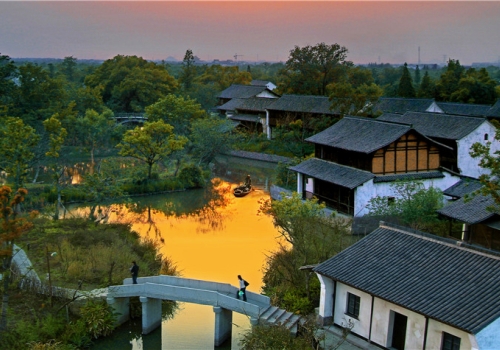
Best Time to Visit: All Seasons Available
Recommended Visiting Time: 2 ~ 4 hours
Opening Time: All day
Tickets: CNY 80
Address: Tianmushan Road, Xihu District, Hangzhou City, Zhejiang Province, China
Xixi National Wetland Park Highlights
Rich Biodiversity
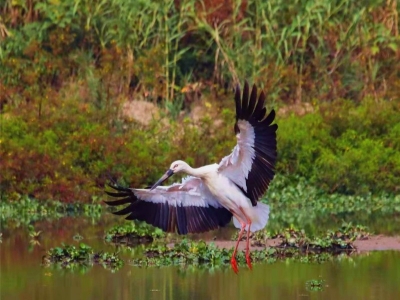
Xixi National Wetland Park is home to a wide variety of plant and animal species. The wetland vegetation includes numerous types of reeds, lotuses, and other aquatic plants. These plants not only contribute to the beautiful scenery but also provide habitats and food sources for many animals. There are various species of birds, such as egrets, herons, and kingfishers. The park is an important stopover and breeding ground for migratory birds, especially during certain seasons. Visitors can observe these graceful creatures in their natural habitats, whether they are wading in the shallows, perching on branches, or flying across the wetland skies.
Scenic Waterways
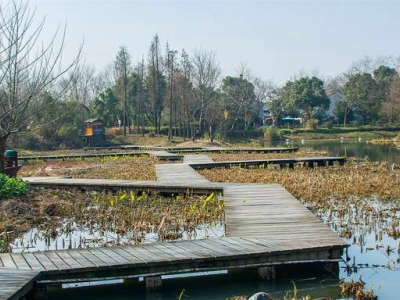
The park's network of waterways is one of its most charming features. Meandering rivers and canals crisscross the wetland, offering visitors the opportunity to take a boat tour. As you glide along the water, you can enjoy the peaceful surroundings, with the gentle lapping of the water against the boat and the rustling of the surrounding vegetation. The water reflects the sky and the surrounding landscapes, creating a mirror-like effect that is truly captivating. Along the waterways, there are also small islands and peninsulas, adding to the diversity of the scenery.
Cultural Heritage Sites
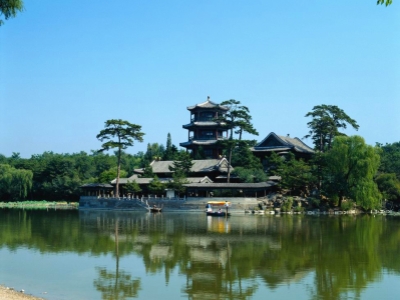
Xixi National Wetland Park has a long history and is rich in cultural heritage. There are ancient villages and historical buildings within the park. These traditional structures showcase the unique architectural style and cultural traditions of the region. For example, some of the old residences have well-preserved wooden carvings and brickwork. There are also temples and shrines that have religious and cultural significance. Additionally, there are cultural activities and exhibitions related to the local history and traditions, allowing visitors to gain a deeper understanding of the area's past.
Seasonal Landscapes
Different seasons bring distinct landscapes to the park. In spring, the wetland comes alive with blooming flowers. The banks of the waterways are adorned with colorful blossoms, and the air is filled with the fragrance of new growth. Summer is a time when the reeds and other plants are in full growth, providing lush greenery and shade. Autumn brings a palette of warm colors as the leaves of some of the deciduous plants change. The fallen leaves on the water and the ground create a beautiful and somewhat melancholy scene. In winter, although the vegetation may seem a bit more subdued, it has its own charm, and it is also a good time to observe some of the wintering birds.
Recreational Facilities and Trails
The park offers a range of recreational facilities and walking trails. There are well-paved paths that allow visitors to stroll through different areas of the wetland, from open meadows to dense forested sections. Along the trails, there are benches and viewing platforms where you can stop and take in the scenery. For those who enjoy cycling, there are also bike paths available. There are also areas designated for picnicking, where families and friends can relax and enjoy a meal in the midst of nature. The park's design aims to balance conservation and recreation, providing a pleasant experience for all visitors.
Scenic spots in Xixi National Wetland Park
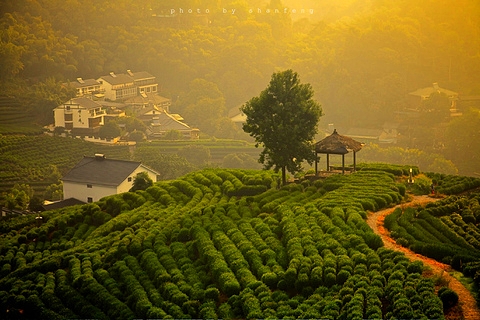
Meijiawu Tea Culture Village: Located within the park, it is renowned for its long history and profound tea culture. Here, visitors can witness the entire process of tea cultivation, picking, and production. They can also participate in tea ceremonies, savor different varieties of tea, and learn about the traditional tea-making techniques passed down through generations. The charming rural scenery, with terraced tea plantations and quaint cottages, adds to the allure of this area.
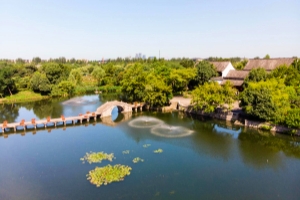
Hongyuan Scenic Area: This area is famous for its dense reed marshes. When the wind blows, the reeds sway gently, creating a sea of green waves that is a sight to behold. There are also wooden boardwalks and viewing platforms constructed within the reed beds, allowing tourists to get up close and personal with this unique wetland vegetation. In addition, various waterbirds can often be spotted among the reeds, making it a paradise for birdwatchers.
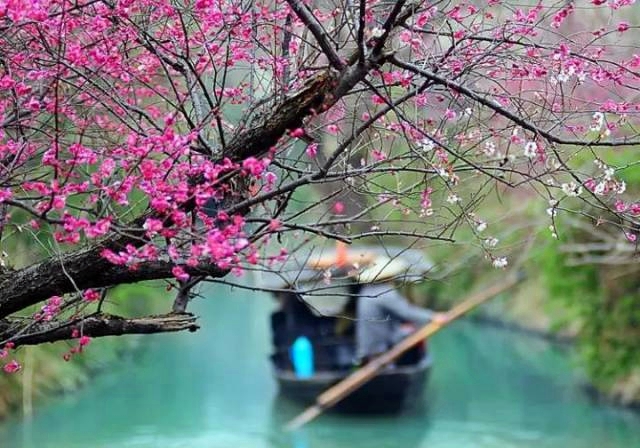
XiXi Plum Garden: It is a wonderland of plum blossoms. In winter and early spring, when the plum trees are in full bloom, the garden is filled with a riot of colors and a sweet fragrance. Different varieties of plum blossoms, such as white, pink, and red, adorn the branches, presenting a spectacular and idyllic scene. It attracts a large number of photographers and flower enthusiasts who come to capture the beauty of the plum blossoms and enjoy the peaceful atmosphere.
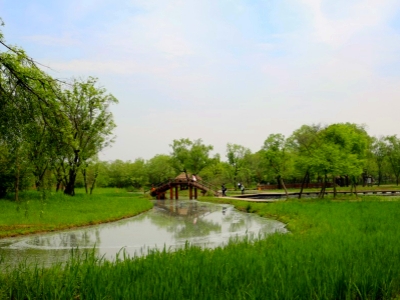
Fisherman's Village (烟水渔庄): This traditional village preserves the original appearance and lifestyle of local fishermen. Visitors can see the unique fishing tools and boats used in the past. They can also interact with the villagers, learn about their fishing traditions and daily lives, and even try their hand at some simple fishing activities. The thatched-roof houses and narrow alleys in the village give people a sense of stepping back in time and experiencing the simplicity and authenticity of rural life.
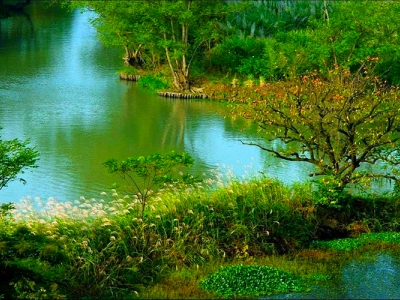
Wetland Botanical Garden: It houses a diverse collection of wetland plants. From common reeds and cattails to rare and endangered species, the botanical garden showcases the rich biodiversity of the wetland ecosystem. There are detailed introductions and explanations about each plant species, helping visitors to understand the importance and characteristics of wetland plants. The well-designed layout and beautiful landscapes of the botanical garden make it an ideal place for education and leisure.




































